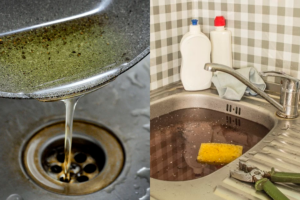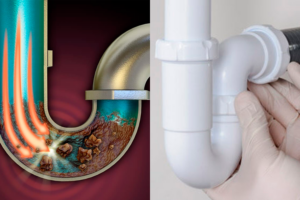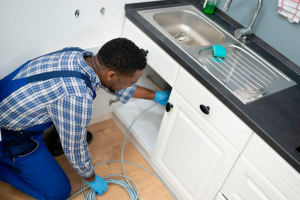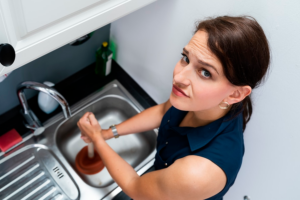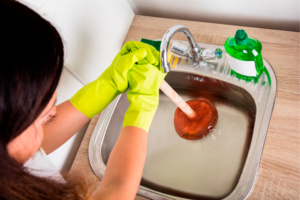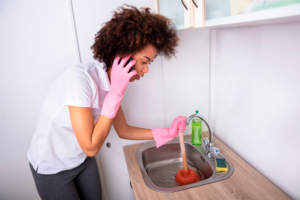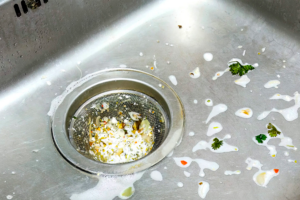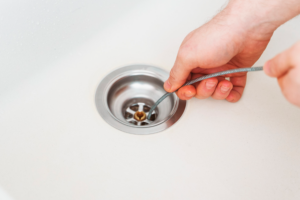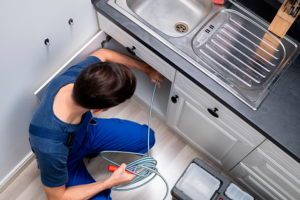As a homeowner, plumbing problems can be one of the most challenging and overwhelming things to deal with. Fortunately, you don’t have to be a professional plumber to handle most basic plumbing issues. In this blog post, we’ll explore some of the most common plumbing concerns and provide simple tips on how to fix them quickly and efficiently. From slow draining sinks to running toilets, we’ll cover everything you need to know to maintain your home’s plumbing system. We’ll also provide some helpful advice on how to prevent plumbing problems from occurring in the first place. With the right knowledge, you can troubleshoot and fix plumbing problems on your own without the costly expense of hiring a professional. Read on to learn more about how to diagnose and fix common plumbing problems.
1. Leaky Faucets & Toilets – Replace the washers or valves
Leaky faucets or toilets are one of the most common plumbing problems in many households. The good news is that most of the time, a leaky faucet or toilet can be easily fixed. The first step is to identify the source of the leak; if it’s a washer, then you can easily replace it. If the leak is coming from a valve, then you will need to replace the valve. It’s important to make sure that the new valve is properly installed. If not, the leak will continue.
2. Clogged Drains – Use a plunger or drain cleaner
Clogged drains are a common plumbing problem, and can be fixed with a plunger or drain cleaner. Firstly, a plunger should be used to attempt to clear the clog by creating suction and pressure to dislodge the obstruction. If this does not work, a drain cleaner can be used to break down the clog. Be sure to follow the instructions of the drain cleaner as it can cause damage to the pipes if not used correctly. Be aware that plungers and drain cleaners are not always effective, and a professional plumber may need to be consulted for more serious clogs.
3. Low Water Pressure – Check the water pressure valve & clean deposits from the aerators
Low water pressure can be caused by a variety of issues, but a common one is a faulty water pressure valve or clogged aerator. If you’re experiencing low water pressure in your home, the first step is to check the water pressure valve. This is a valve that controls the pressure of the water coming out of the faucet. If the valve is open, water pressure should be restored. If the valve is closed, open the valve until it stops and test the water pressure. If the water pressure remains low, check the aerators for deposits and clean them if necessary.
All in all, plumbing issues can be stressful and inconvenient, but with a bit of knowledge and the right tools, they can be fixed quickly and easily. If you ever find yourself in a plumbing crisis, take a deep breath and remember the tips mentioned in this article. Doing so will help ensure that your plumbing problems are solved with minimal effort and cost.

